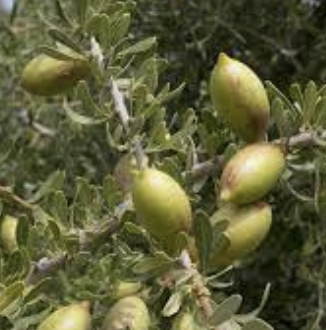 Smart Citations
Smart CitationsSee how this article has been cited at scite.ai
scite shows how a scientific paper has been cited by providing the context of the citation, a classification describing whether it supports, mentions, or contrasts the cited claim, and a label indicating in which section the citation was made.
Ecophysiological response and morphological adjustment of Argania spinosa L. Skeels under contrasting climates: case study of marginal populations
In this paper, we investigated the seasonal physiological performance and morphological adjustment of Argania spinosa growing under contrasting climatic and biogeographic conditions.Two marginal populations were selected in the main distribution area of the species, one at the Northwest and the other one at the South-west. Trees from the North showed a Mediterranean pattern in Photosynthetic performances, exhibiting maximal carbon assimilation during spring and minimum in summer. In contrast, trees from the South showed a different pattern with maximum values recorded in winter and minimum in spring. Photochemical efficiency of PSII results evidenced the absence of damage to PSII in both sites, probably due to an efficient energy dissipation processed by carotenoid pigments. We recorded increased LMA values in the South, which improves drought resistance. Increasing stomatal length and decreasing stomatal density were registered during the drought season in both populations. A. Spinosa is sensitive to changes in the length of drought stress at its Southern limit. The scarcity of rainfall leading to persistent drought has limited the distribution of the species to the banks of dry Wadis and depressions, where it finds some water compensations during summer. In the North, the summer drought severely impacted the species carbon assimilation.
Downloads
Supporting Agencies
Ibn Zohr UniversityHow to Cite
PAGEPress has chosen to apply the Creative Commons Attribution NonCommercial 4.0 International License (CC BY-NC 4.0) to all manuscripts to be published.


 https://doi.org/10.4081/pb.2021.9404
https://doi.org/10.4081/pb.2021.9404





